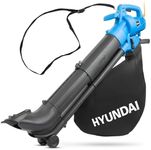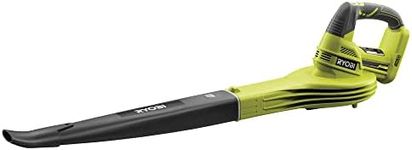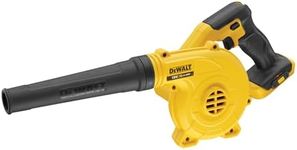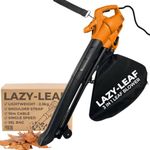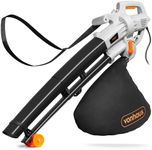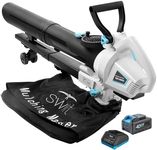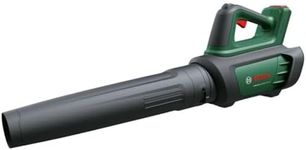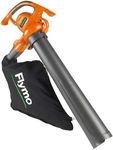Buying Guide for the Best Battery Leaf Blowers
Choosing the right battery leaf blower can make your yard work much easier and more efficient. When selecting a battery leaf blower, it's important to consider several key specifications that will determine how well the blower meets your needs. Understanding these specs will help you make an informed decision and ensure you get the best product for your specific requirements.Battery VoltageBattery voltage indicates the power output of the leaf blower. Higher voltage generally means more power, which can translate to better performance. Battery leaf blowers typically range from 18V to 80V. For light tasks like clearing small patios or driveways, a lower voltage (18V-40V) may suffice. For larger yards or tougher debris, a higher voltage (40V-80V) will provide the necessary power. Consider the size of your yard and the type of debris you need to clear when choosing the voltage.
Battery Capacity (Ah)Battery capacity, measured in ampere-hours (Ah), determines how long the leaf blower can run on a single charge. A higher Ah rating means longer runtime. Battery capacities typically range from 2.0Ah to 5.0Ah or more. If you have a small yard or only need the blower for short tasks, a lower capacity (2.0Ah-3.0Ah) may be sufficient. For larger areas or extended use, a higher capacity (4.0Ah-5.0Ah or more) will be more suitable. Think about how long you need the blower to run without recharging to choose the right capacity.
Airflow (CFM)Airflow, measured in cubic feet per minute (CFM), indicates the volume of air the blower can move. Higher CFM means the blower can move more leaves and debris at once. Leaf blowers typically range from 200 CFM to 600 CFM or more. For light tasks like clearing grass clippings or small leaves, a lower CFM (200-300) may be adequate. For heavier tasks like moving wet leaves or large piles of debris, a higher CFM (400-600+) will be more effective. Consider the type and amount of debris you need to clear when evaluating CFM.
Air Speed (MPH)Air speed, measured in miles per hour (MPH), indicates how fast the air is expelled from the blower. Higher air speed can help dislodge stuck or heavy debris. Leaf blowers typically range from 90 MPH to 200 MPH or more. For light tasks, a lower air speed (90-120 MPH) may be sufficient. For more demanding tasks, such as moving wet leaves or heavy debris, a higher air speed (150-200+ MPH) will be more effective. Think about the type of debris and the conditions in which you'll be using the blower to determine the appropriate air speed.
WeightThe weight of the leaf blower affects how easy it is to handle and use for extended periods. Lighter blowers are easier to maneuver but may have less power or shorter battery life. Heavier blowers may offer more power and longer runtime but can be more tiring to use. Weights typically range from 5 pounds to 15 pounds or more. If you need to use the blower for long periods or have limited strength, a lighter model (5-8 pounds) may be more comfortable. For more powerful performance and longer use, a heavier model (10-15+ pounds) may be necessary. Consider your physical ability and the duration of use when choosing the weight.
Noise LevelNoise level, measured in decibels (dB), indicates how loud the leaf blower is during operation. Lower noise levels are more comfortable for the user and less disruptive to neighbors. Battery leaf blowers are generally quieter than gas models, with noise levels typically ranging from 60 dB to 90 dB. If you live in a noise-sensitive area or prefer a quieter operation, look for models with lower noise levels (60-70 dB). For less restrictive environments, higher noise levels (80-90 dB) may be acceptable. Consider your surroundings and personal preference for noise when evaluating this spec.



